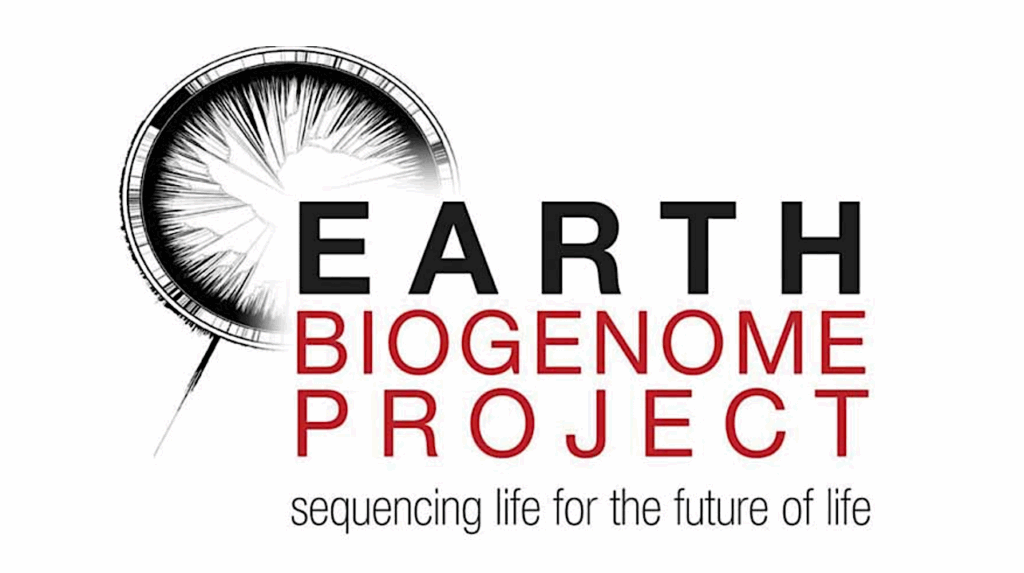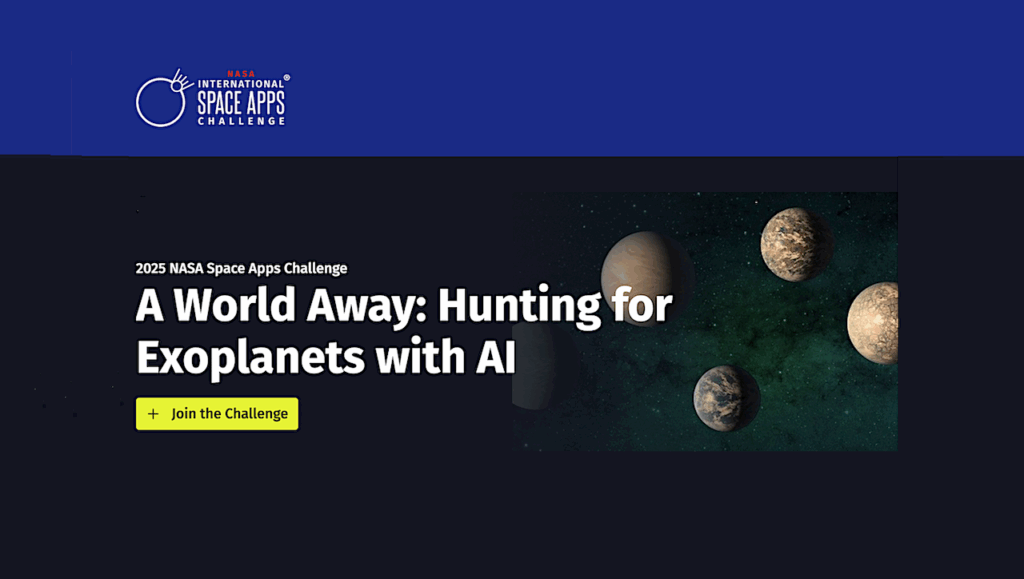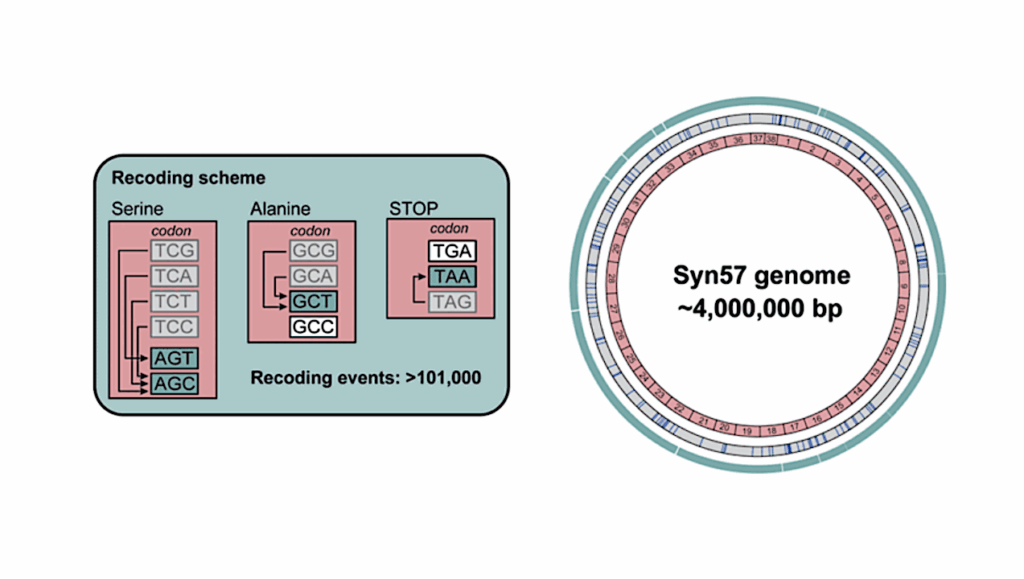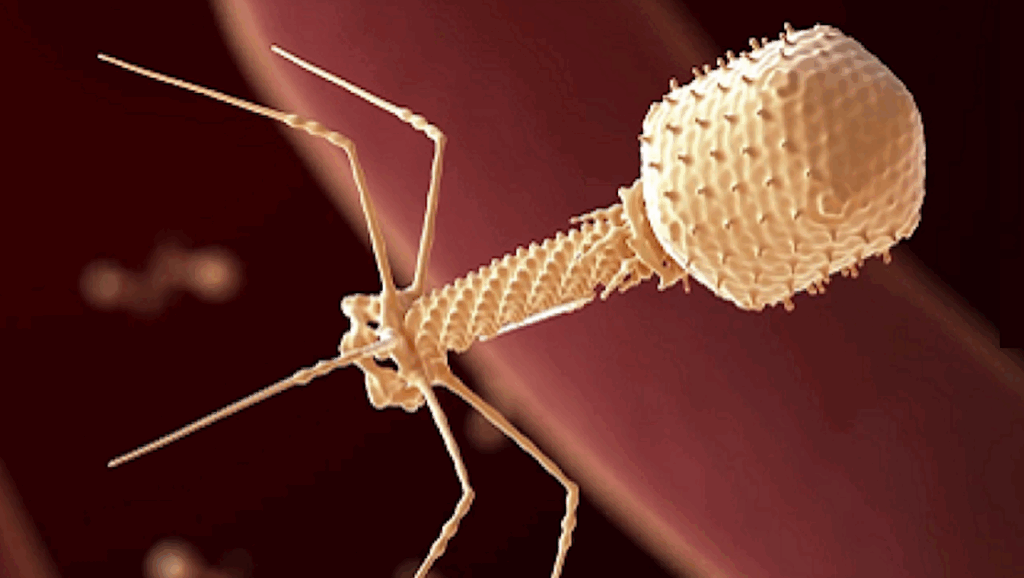Modeling Low-Temperature Plasmas Simulating Titan’s Atmosphere
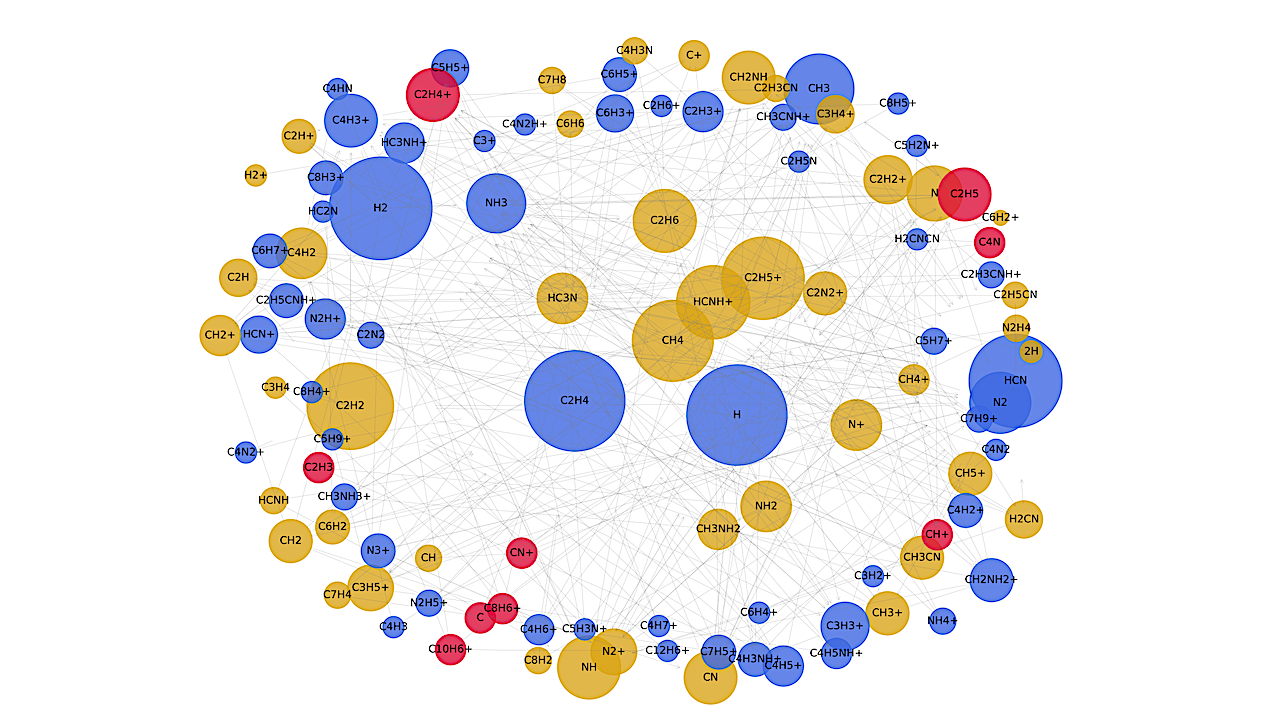
In the study presented here, we model the gas phase chemistry induced by plasma discharge at low temperature (150 K) in the NASA Ames COSmIC Simulation Chamber (COSmIC) using a 1-dimensional multi-fluid plasma model named CO-PRISM (COSmIC Plasma Reactivity and Ionization Simulation Model).
Our model incorporates an extensive chemical reaction network to simulate the neutral-neutral and ion-neutral reactions occurring in the COSmIC experiments when using N2-CH4-based gas mixtures relevant to Titan’s atmosphere.
Our reaction network now includes crucial reactions involving the first electronically-excited state of atomic nitrogen, recent electron collision cross-sections, and radical chemistry. In particular, we have investigated the influence of C2H2 on the gas phase polymeric growth and the elemental composition of the chemical products, and we have compared our findings to recently published solid phase analyses.
The modeling results are consistent with experimental measurements of N2-CH4-C2H2 plasmas on COSmIC, showing the production of C6Hx intermediates and precursors of larger organics, as well as methanimine in small concentration. Our numerical results point to cationic pathways enabling efficient intermediate-sized and nitrogen-rich C2H2-driven chemistry driving tholin production.
Comparison of the modeled gas phase elemental composition with elemental composition of the solid phase samples produced in COSmIC reveal similar trends, with C/N increasing when C2H2 is present in the gas mixture. Finally, our results demonstrate the importance of such synergistic studies using low-temperature plasma chemistry experiments combined with modeling efforts to improve our understanding of cold planetary environments.

a) Cross-section schematic view of the THS plasma channel (not to scale). The pathway along which reactions are calculated by the model in the plasma channel is indicated in blue. The temperature inside the plasma cavity is on the order of T = 150 K (L. Biennier et al. 2006b; E. Sciamma-O’Brien et al. 2014). b) Top-view cross-section schematic view of the plasma cavity (not to scale) indicating the dominant collisional processes occurring in the plasma and controlling the formation of the first building blocks leading to larger products; illustrated in the case of an N2 – CH4-based atmosphere relevant to Titan. c) Simplified schematic representation of the CO-PRISM model. Each simulation is controlled by the initial precursor gas composition (blue triangle). Green boxes correspond to the chemical input parameters (list of species, molecular reactions, and surface reactions), purple ellipses correspond to plasma physics and grid geometry parameters, and outputs are represented with red triangles. The model parameters that were updated and modified in the study presented here are circled in orange. Synthetic mass spectra can then be retrieved from the computed mole fractions. — astro-ph.IM
David Dubois, Alexander W. Raymond, Ella Sciamma-O’Brien, Farid Salama
Comments: 50 pages, 13 figures, 4 tables, accepted for publication in the Planetary Science Journal
Subjects: Plasma Physics (physics.plasm-ph); Earth and Planetary Astrophysics (astro-ph.EP); Instrumentation and Methods for Astrophysics (astro-ph.IM)
Cite as: arXiv:2509.08063 [physics.plasm-ph] (or arXiv:2509.08063v1 [physics.plasm-ph] for this version)
https://doi.org/10.48550/arXiv.2509.08063
Focus to learn more
Submission history
From: David Dubois
[v1] Tue, 9 Sep 2025 18:04:17 UTC (6,671 KB)
https://arxiv.org/abs/2509.08063
Astrobiology, Astrochemistry,


